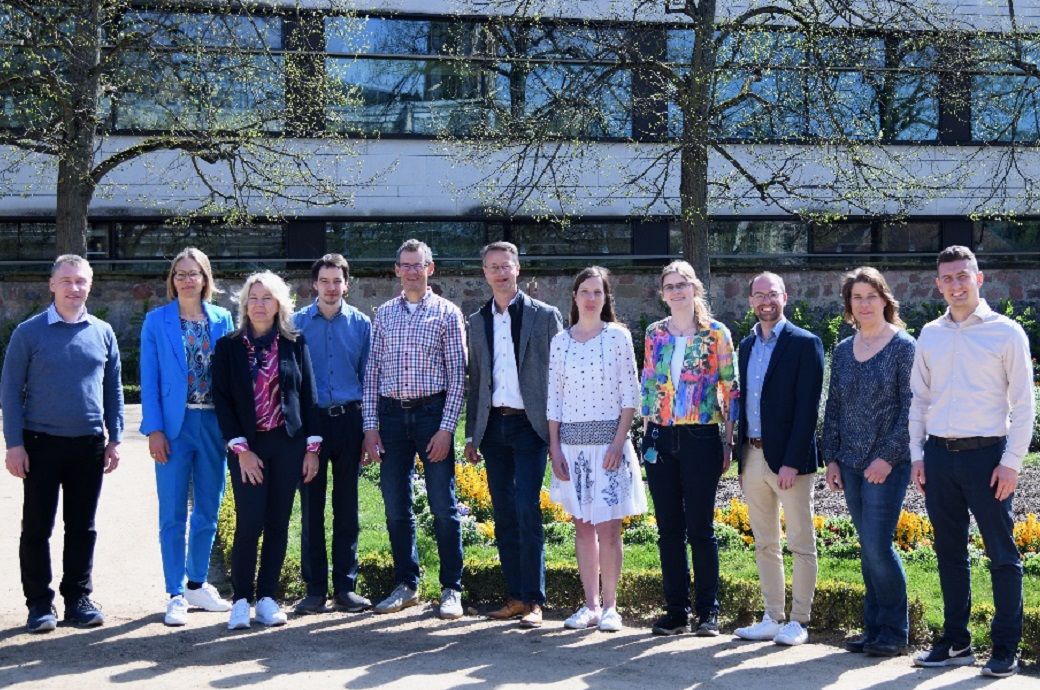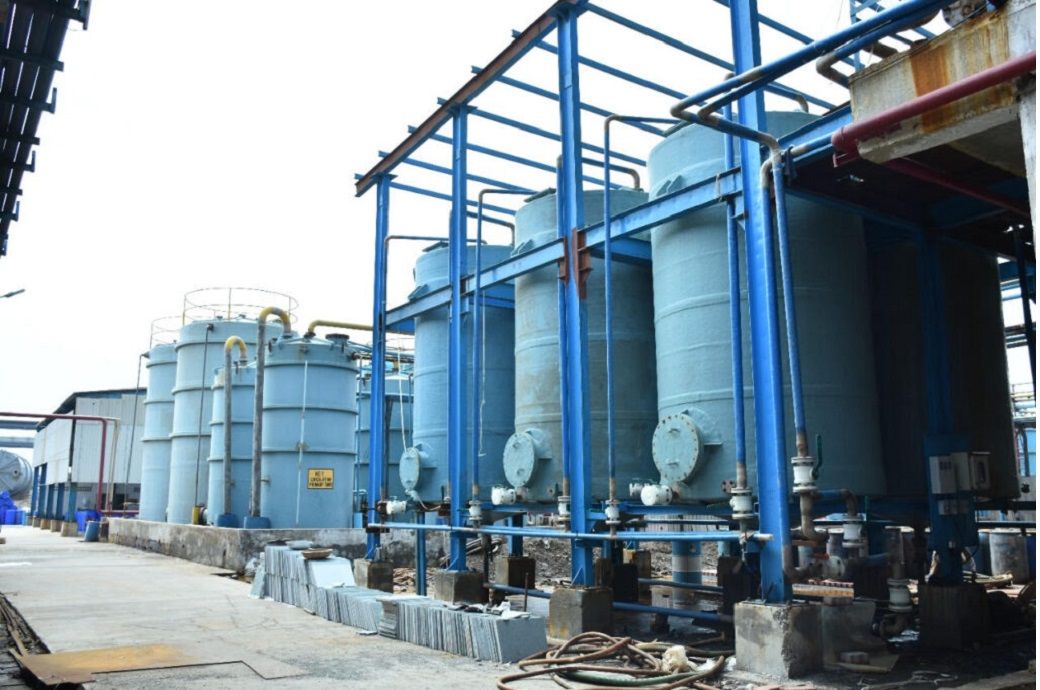Improving Efficiency and Stability of Antisolvent‐Free Perovskite Solar Cells via Radical Additives and Reduced‐Toxicity Strategies for Solvent Systems
Advanced Energy Materials, EarlyView.

A high-quality perovskite film deposition method utilizing a binary solvent system (DMAc/DMPU) has been developed, enabling a one-step, antisolvent-free process. To regulate crystallization, suppress defect formation, and enhance charge extraction efficiency, stable radical additives containing chlorine, methoxy, or methylthio groups are introduced. The as-fabricated perovskite solar cells exhibited highest power conversion efficiency of 25.02% along with exceptional operational stability.
Abstract
The conventional fabrication of perovskite solar cells (PSCs) has historically relied on toxic solvents, such as dimethylformamide (DMF), N-methyl-2-pyrrolidone (NMP), and chlorobenzene, a practice that is now yielding to more sustainable and economically viable alternatives. A one-step antisolvent-free methodology is developed, guided by the strategy of minimizing solvent toxicity and enhancing device performance. This method employs N,N-dimethylacetamide (DMAc) and N,N'-dimethylpropyleneurea (DMPU) as alternatives to DMF/NMP in antisolvent-free perovskite fabrication, along with ethanol for the hole transport layer. However, formamidinium (FA)-based perovskite films prepared via an antisolvent-free process often suffer from severe crystallization issues at the buried interface, which lacks rapid solvent removal and leads to a high concentration of defects such as uncoordinated Pb2+ ions. To surmount this challenge, a strategy is devised that paired the use of mixed solvents (DMAc/DMPU) with the incorporation of stable radical additives, featuring Cl, methoxy, or methylthio groups. This approach effectively modulates the crystallization dynamics, diminishes defect concentrations, and enhances the extraction of charge carriers. Employing this method, an efficiency of 25.02% is achieved, along with exceptional operational stability. This breakthrough represents a pivotal leap forward in the realm of sustainable photovoltaics, offering a promising path toward a greener energy future.













































































































































































